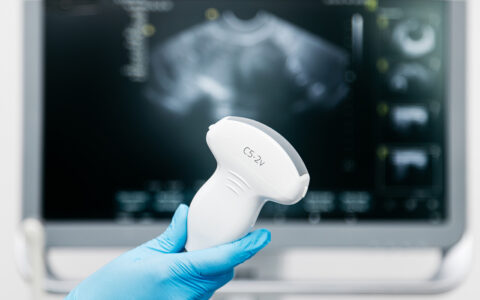Taking oral medications can present challenges for Parkinson’s disease patients.
The “duopa pump,” FDA-approved in 2015 for advanced Parkinson’s disease, offers the alternative of bypassing the stomach and providing a steady drug infusion over 16 hours. The pump supplies carbidopa/levodopa combination therapy – a powerful tool in managing Parkinson’s disease symptoms since the mid-1970s. By targeting the premature loss of dopamine-producing neurons in the brain that causes major motor symptoms (stiffness, tremor, and slowness), the therapy has greatly improved quality of life and life expectancy for many patients.
Pumps are gaining popularity despite the tradeoff of a bulky unit and mechanical failure risks, according to neurologist Thomas Davis, M.D., of Vanderbilt University Medical Center. “It’s not for every patient, but for those who have side effects or where the lapse between oral doses produces anxiety or a dive in their functionality, it can mean a huge quality of life improvement,” Davis said.
“For those who have side effects or where the lapse between oral doses produces anxiety or a dive in their functionality, [pumps] can mean a huge quality of life improvement.”
Oral vs. Pump Delivery
For some patients, swallowing pills carries risks of choking or aspiration. Nausea and constipation are common side effects. For many, the biggest problem with pills is the inconsistency of the support they provide.
“Their inclination may be to overdose on the pills to avoid that happening. That can mean side effects from nausea and dyskinesia all the way to hallucinations or dangerous compulsive behaviors,” Davis said.
Duopa offers an enteral drug suspension delivered through a stoma and absorbed through the small intestines to mitigate these risks. The pump also enables precise titration at the patient’s individual “sweet spot.”
Multidisciplinary Effort
As a Parkinson’s Center for Excellence, Davis and his colleagues in movement disorders, surgery and interventional radiology must all work together to provide this option.
“It takes all these resources to be able to offer the pump. Because we are a large institution, we can do this, but for smaller centers or private practices, it is generally just not possible.”
Some pump users drive as long as six hours for monthly visits, Davis added.
“The Parkinson’s community is very active and much of the increase in pump use is due to word-of-mouth referrals. For some patients, it provides a physical and psychological ‘new lease on life,’” he said.
“I’ve seen people take great turns in their lives’ direction by switching to the pump.”
Discerning Good Candidates
Offered only after oral medications fail, patients must have the mental and physical capacity to manage both the stoma and the pump, with its attendant tubing, to be a good candidate.
The duopa pump is typically available to some of the same patients who are candidates for deep brain stimulation.
“The decision really hinges on what is optimal for that individual: invasive surgery with its small stroke risk, or the ongoing use of the pump,” Davis said.




